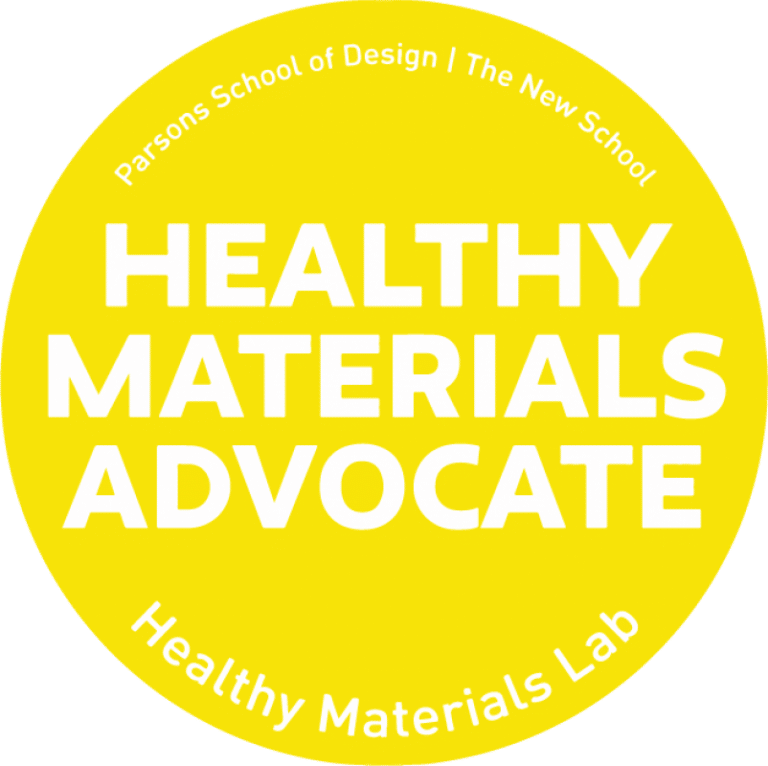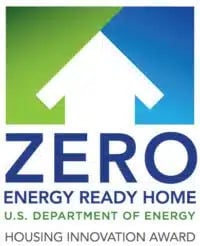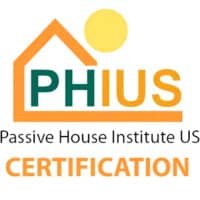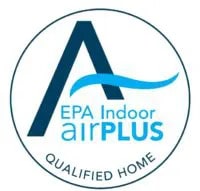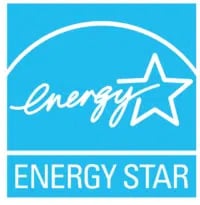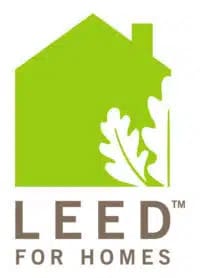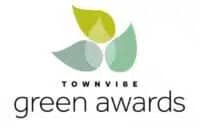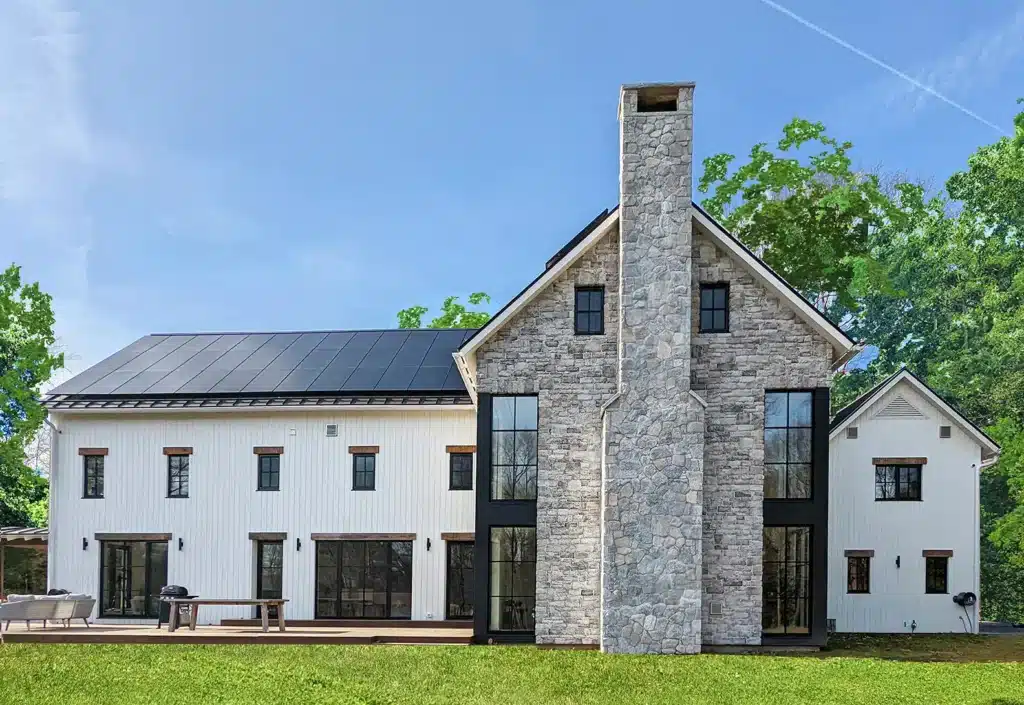
Building science is the cornerstone of BPC Green Builders’ approach to constructing high-performance custom green homes. By leveraging the principles of building science, we ensure our homes are not only environmentally friendly but also comfortable, healthy, well-built, and cost-efficient. Let’s explore what exactly building science is and how we use it to create better homes.
What is Building Science?
Building science studies how buildings “perform” to understand how the different components of the house and its systems affect that performance.
Building science can draw on principles from engineering, architecture, chemistry, physics, biology, and more. A builder using building science is using science and technology in order to create a home that is:
- Higher quality
- Durable
- Energy efficient
- Comfortable for occupants
- Healthy and safe
Taking a building science approach to green home building means that the builder understands the science behind the design and construction choices they make and how those choices will affect the finished home. Home buyers should care that their builder uses building science because the ones that do are more likely to build high-quality, long-lasting homes.
Building science can be complex, but we want to demystify these ideas and concepts—that’s part of why we created an extensive Green Building Glossary for consumers who are considering a custom green home.
Our Green Home Building Process
BPC Green Builders’ process is rooted in a deep understanding of building science. Our approach starts at the very beginning and takes us all the way through construction and beyond:
- Pre-Design Phase
We start with a comprehensive site assessment to understand environmental conditions, including climate, topography, and solar orientation. This information is crucial for designing a home that maximizes passive solar heating and cooling. Early on in the process, you’ll have decided on a target green certification standard you’d like your new home to meet, and we’ll plan carefully from the very beginning to ensure your home passes the certification of your choosing.
- Design Phase
Collaboration with architects and engineers ensures that every aspect of the home design is optimized for energy efficiency. We use advanced energy modeling software to simulate building performance and make considered decisions about building materials, insulation, windows, high-efficiency HVAC systems, and more.
- Construction Phase
Our construction practices are meticulous, focusing on airtightness, insulation, and proper installation of all components. We use high-performance materials and employ techniques that minimize thermal bridging and air leaks.
- Post-Construction Phase
Once the home is built, we conduct rigorous testing to ensure it meets our stringent standards for energy efficiency and indoor air quality. This includes blower door tests to check for air leaks and infrared thermography to identify any insulation deficiencies.
How Building Science is Integrated into Our Process
High-Performance Envelopes: One of the key principles of building science is the importance of a high-performing building envelope, which includes the walls, roof, and foundation. We tightly seal and insulate these parts of the home against air and moisture infiltration to ensure optimal energy efficiency and performance.
Building science helps us better understand how heat and air enter and exit the average home, and how advanced construction techniques can help to minimize these flows. For instance, we use advanced framing strategies and continuous insulation to minimize thermal bridges and “heat bleeds,” keeping you comfortable year-round.
Moisture Management: Proper moisture control is essential to prevent mold growth inside a home and ensure the durability of the structure. We use a variety of products like vapor retarders, rainscreens, and specialized flashing tape to manage moisture and prevent water intrusion. Our understanding and application of building science and moisture engineering is one of the reasons why we guarantee that BPC green homes will not experience moisture-related problems.
Ventilation Systems: Good indoor air quality (IAQ) is a hallmark of our homes. Building science helps us understand airflow in a home and how to minimize air pollutants.
We use energy recovery ventilators (ERVs) in all new BPC green homes that provide a constant supply of filtered fresh air while recovering energy from the exhaust air when it’s cold out and preventing energy from entering the house when it’s hot out. This system helps maintain good indoor air quality and a healthy, safe home environment without sacrificing energy efficiency.
Renewable Energy Integration: All of our homes are designed to be net-zero energy ready or even positive energy homes. This means they produce as much or more energy than they consume, often through the use of photovoltaic solar panels. The energy generated by solar can offset any power drawn from the grid, leading to significant long-term cost savings.
The use of building science helps us design homes that are better equipped for renewable energy upgrades—everything from choosing a home orientation that would maximize hypothetical solar energy production if panels were installed to pre-wiring that makes adding solar panels easier down the road.
What Makes the BPC Green Builders Process Different?
- Our Holistic View of the Home as a System: At BPC, we view the home as an integrated system where all components work together to achieve optimal performance. This holistic approach is a fundamental building science concept. For example, increasing insulation and air sealing levels can lead to improved energy efficiency but also requires careful consideration of ventilation to maintain indoor air quality.
- Rigorous Certification Standards: BPC green homes can be built to meet almost any green building standards and certifications. These include ENERGY STAR for New Homes, LEED certification, and PHIUS Passive House. Building to these standards requires a strong grasp of building science and requires thorough testing and verification, ensuring our homes deliver on their promises of comfort, health, safety, and efficiency.
- Greenwashing vs True Sustainability: The term “greenwashing” refers to builders who market themselves as green without adhering to genuine sustainability practices. These builders might use a few eco-friendly materials but ignore critical aspects like energy modeling or proper insulation techniques. In contrast, BPC’s commitment to building science and rigorous standards ensures that our homes are genuinely sustainable (and actually third-party certified green).
Examples of Building Science in Action
The Passive House: One of our hallmark projects is a certified Passive House in Connecticut. This home features super-insulated walls, an airtight building envelope, and high-performance windows that minimize heat loss. Over 400 square feet of windows capture half of the energy required for heating. The use of heat recovery ventilation ensures a continuous supply of fresh air without compromising energy efficiency.
Energy Efficiency through Design: In another project, we designed a net zero energy home in Yorktown Heights with a solar orientation that maximizes passive solar gain in winter while minimizing overheating in summer. This design, along with high insulation R-values and an air-tightness of 0.32ACH5, reduces the need for mechanical heating and cooling, leading to significant energy savings.
Superior Air Quality: This three bedroom home in Connecticut is the only house in the state to be certified as an American Lung Association Health House, a program that, though now dormant, emphasized the importance of indoor air quality. Using EPDM gaskets to achieve an air-tight thermal envelope and installing an energy recovery ventilation system, HEPA air filtration, and central dehumidifier created a house that will be truly healthy and safe for its occupants.
Contact BPC Green Builders Today
Building science is the foundation of BPC Green Builders’ approach to creating sustainable, high-performance homes. By integrating advanced principles of building physics, energy modeling, and construction practices, we ensure that our homes are not only environmentally friendly but also comfortable, durable, and economically advantageous. The use of building science leads to a high quality home—work with our award-winning team of building science and green building experts to design and build your new sustainable home.

